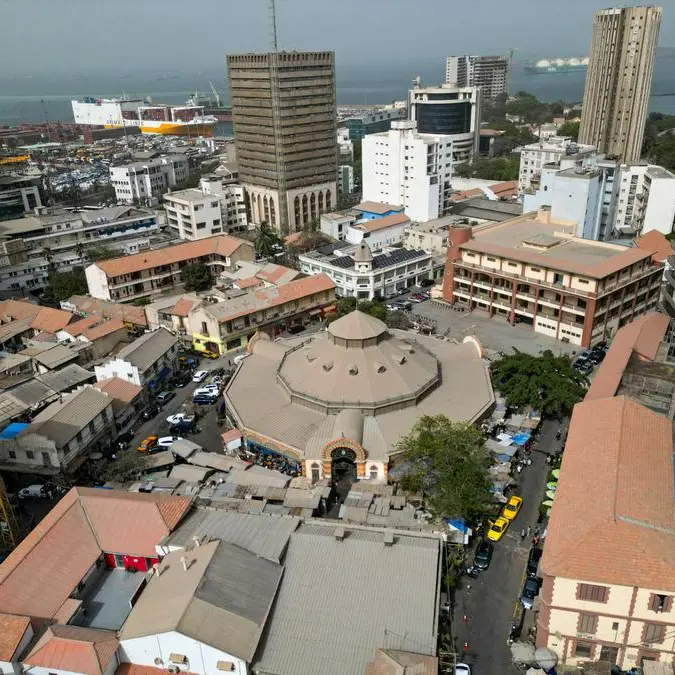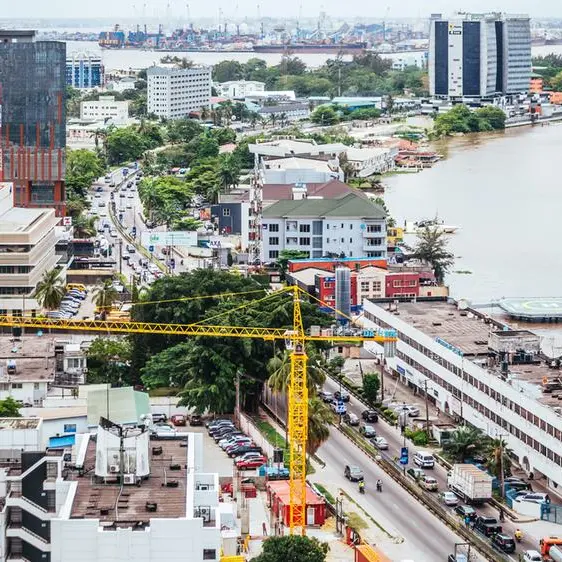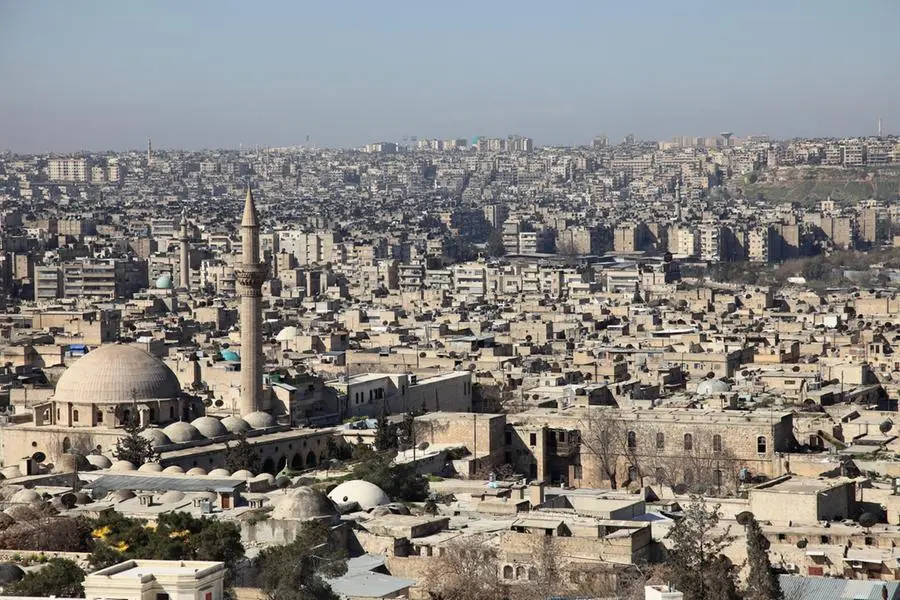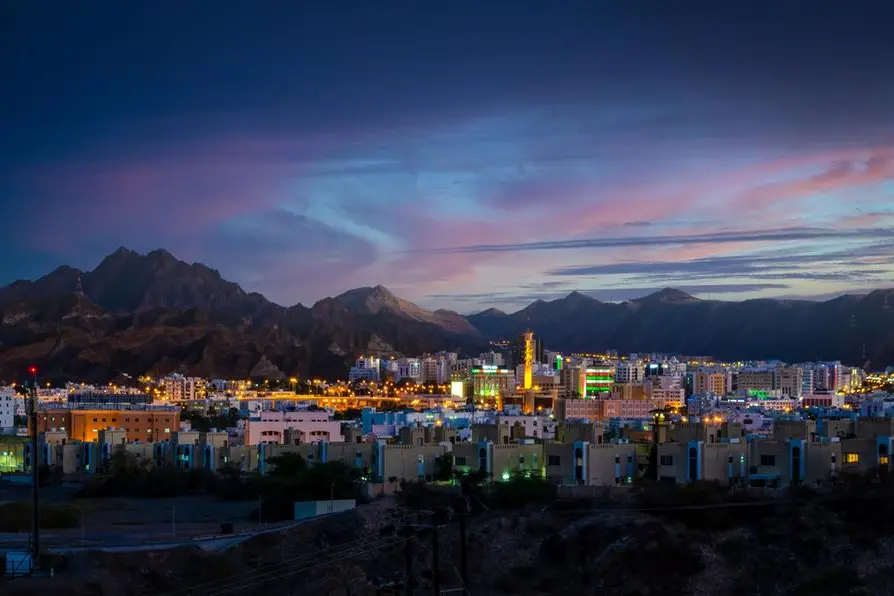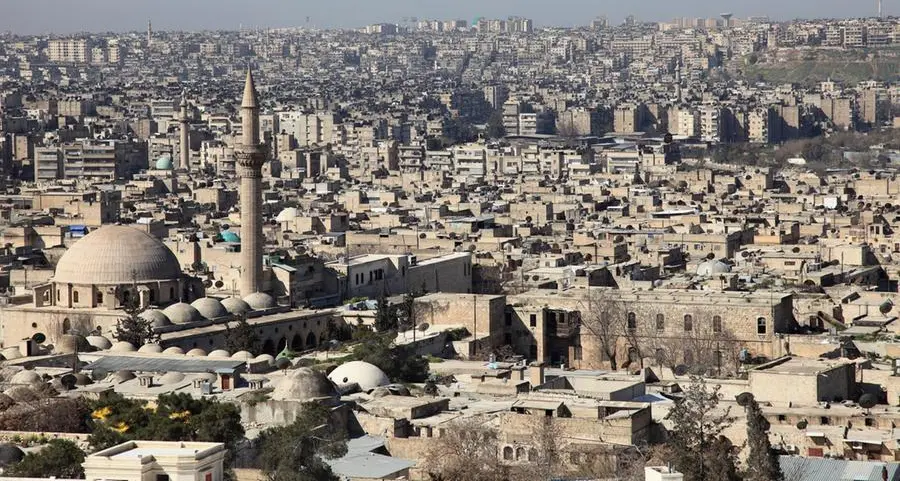PHOTO
Nearly a quarter of Somalia's population is in constant need of food, the result of erratic weather and insecurity that has ravaged the country for the past three years.
And the latest figures show that the number could rise to 4.4 million between April and June this year, up from a previous estimate of 3.3 million.
Many Somalis were already wallowing in high levels of hunger between January and March 2025, according to a situation report by the Integrated Food Security Phase Classification (IPC), a multi-stakeholder initiative that helps build an accurate picture of food security.
The IPC report, released this week, says that 1.7 million children under the age of five are at risk of acute malnutrition by December 2025.
Of the population surveyed, the report states that 3.4 million (17 percent of the Somali population) are experiencing crisis levels of hunger, while over 2.9 million people (15 percent) are already listed as being under crisis (IPC AFI Phase 3).
Nearly 442,000 people are grappling with worse hunger conditions, often categorised as emergency.“Out of the 119 areas analysed, 45 are classified in IPC AFI Phase 3 (crisis), while 72 appear in IPC Phase 2 (stressed),” the report says.
The analysis indicates a nine percent increase in levels of acute malnutrition this year compared to the same period in 2024, with 466,000 children of the 1.7 million projected to experience severe acute malnutrition.
Malnutrition is a deficiency or excess of nutrient intake, an imbalance of essential nutrients, or impaired nutrient utilisation, according to the World Health Organisation.
A study by the UN children’s fund (Unicef) found that malnourished children can be stunted, with lifelong impact, slow learners, with low immunity, and can also be sickly.
In Somalia, the cause is both climatic and a matter of policy.
Somalia expects below-average rainfall between April and June, the main rainy season, known in Somalia as the Gu season. Last year, the Deyr (short rains) season between October and December also saw below-average rainfall.
Southern Somalia has borne the brunt of the worsening situation, accounting for about two-thirds (64 percent) of the total malnutrition burden due to heightened drought and insecurity.
The report, however, shows a decrease in the number of people facing crisis levels of hunger to 3.4 million (17 percent) this year, compared to 3.6 million people (19 percent) last year. However, the total number of people projected to face crisis or worse hunger levels is set to surge in 2025.
The report comes amid a worsening humanitarian situation in the Horn and Great Lakes regions, with aid agencies sounding the alarm over the widening funding gaps amid ongoing security challenges, rising food prices, and unfavourable rainfall forecasts.
Ongoing conflicts in Sudan and the Democratic Republic of the Congo has displaced more people and exacerbated the humanitarian crisis.
The escalation of conflict in the region has resulted in large numbers of internally displaced people (IDPs) who, in addition to losing their homes or being forced to seek refuge elsewhere, are now facing hunger and malnutrition.
Aid agencies are now calling for additional funding to scale up resilience and humanitarian programmes to mitigate the impact of worsening drought conditions in Somalia.
In 2022, Somalia narrowly escaped famine thanks to large-scale humanitarian support, which agencies say is needed yet again to provide immediate assistance while implementing long-term solutions.
© Copyright 2022 Nation Media Group. All Rights Reserved. Provided by SyndiGate Media Inc. (Syndigate.info).



